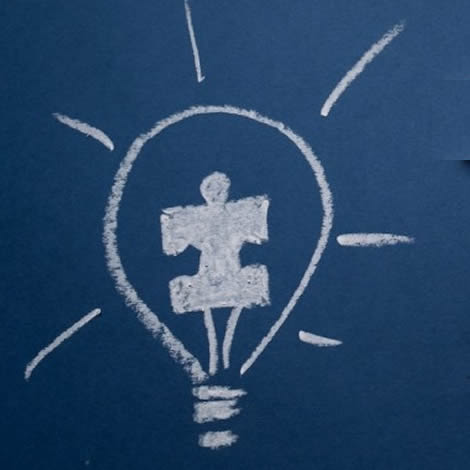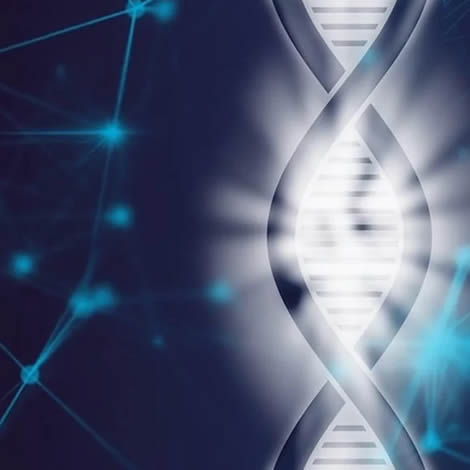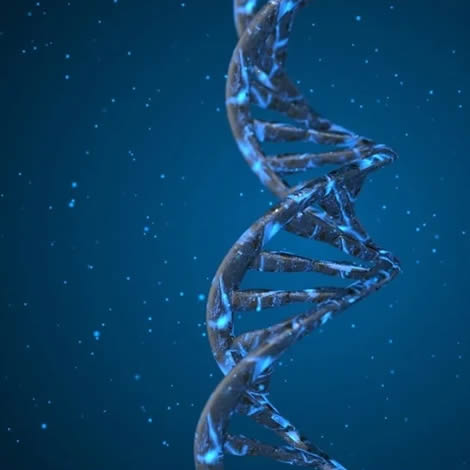Autism is a type of neurodivergence, in which a person's brain functions in ways that are different than what's considered "neurotypical." Increasingly, neurodivergence is seen as a difference rather than an illness, and its characteristics are thought of as traits rather than symptoms.
An ASD diagnosis tells you remarkably little about any individual person, their particular challenges and strengths, or the therapies that would help them cope with or overcome any difficulties.
Autism spectrum disorder (ASD) is clinically diagnosed by specialists or teams of specialists who usually have significant experience. They use various tests to help determine if someone has ASD traits. Then they select one of three levels indicating the amount of support the autistic person needs, and they can select from a slew of specifications (such as intellectual disability) that may or may not be present.

Universal Autism Traits
An autistic person may experience challenges with social communication and interaction, have intense interests and a strong need for routines and predictability, and be hyper- or hypo-reactive to sensory input.
- Difficulty with social communication and social interaction across multiple contexts
- Limited nonverbal communication and behaviors used for social interaction
- Challenges with developing, maintaining, and understanding relationships
- Repetitive patterns of behavior, interests, or activities
- Insistence on sameness, inflexible adherence to routines, or ritualized patterns of verbal or nonverbal behavior
- Intense, highly fixated interests or focus
- Overreaction to sensory input or unusual interest in sensory aspects of the environment, whether hyper (higher) or hypo (lower) in reaction.
Common Traits in Girls with Autism
The diagnostic criteria for autism are mostly based on research on boys diagnosed with autism rather than females. Because of that, many girls are not diagnosed with ASD (or Asperger’s Syndrome) until they are teens. In many cases, girls with autism at a younger age show more capacity, compared to boys, to interact in social settings. On top of that, they can often make and maintain friendships at a young age. However, if undiagnosed, autism symptoms in women become more evident as they reach adolescence, highlighting the diverse nature of the autism spectrum.
- Social skills and communication challenges : Girls with autism may struggle with maintaining eye contact, processing social events through daydreaming, and may show difficulty in forming intimate social interactions. They may also exhibit lower verbal cognitive ability, literal understanding of information, and communication difficulties.
- Sensory processing issues : Sensory challenges, such as difficulties with intense lighting, sound, or touch, are common in autism. Women with autism may engage in self-regulation through stimming, meltdowns, or self-injurious behaviors in response to sensory inputs.
- Behavioral challenges : Girls with autism can sometimes act out or show aggressive behaviors. This can occur when they are trying to communicate something or when there’s a sensory problem that they’re trying to regulate. Alternatively, it can be due to a physiological or health-related problem.
- Visual thinking : Female autism may represent itself in visual thinking. Visual thinking allows some with autism to conceptualize patterns and solve complex problems.
One of the most famous women with autism, Temple Grandin, Ph.D., was nonverbal for the first three and a half years of her life. She developed her social skills and attained a doctoral degree in animal science, where she began to pioneer revolutionary concepts due to her ability to think in pictures. - Special interests and obsessions : Autistic women often develop special interests and obsessions. While girls may have more socially acceptable interests, such as celebrities, these passions can still indicate autism and may be overlooked in diagnosis.
Common Traits in Boys with Autism
Previous research has suggested that autism is more prevalent in boys than other genders, but more recent research suggests that the existing diagnostic criteria highlight how boys tend to present.1 As such, boys are more likely to exhibit behaviors and mannerisms that are recognized as autistic.
- Difficulty with social-emotional reciprocity : which can include “abnormal social approach and failure of normal back-and-forth conversation; to reduced sharing of interests, emotions, or affect; to failure to initiate or respond to social interactions.”
- Difficulty interpreting nonverbal communication or expressing nonverbal cues in a way that others can comprehend. Aspects of body language or gestures that are natural and intuitive for neurotypicals may require conscious effort to learn and reproduce appropriately for autistic children.
- Difficulty developing and maintaining relationships - Children on the autism spectrum may be unsure of how to adjust their behaviour to suit various social contexts and may need explicit guidance on, for example, who is ok to hug and who should just get a hello from a small distance.
- May have stereotyped repetitive motor movements - Autistic children may show a range of repetitive movements such as handwringing/flapping, rocking, spinning, pacing, or bouncing (colloquially also called ‘stimming’), in response to certain stimuli or in an attempt to process thoughts and emotions.
- May insist on sameness and be inflexible about changes to routines - Children on the autism spectrum tend to follow ritualised patterns of behaviours; for example, they may have specific greeting rituals, always dress the same way, or eat only certain foods.
- May have intense, narrowly focused interests - Autistic children may have intense interests that appear narrow or even obsessive to family and friends.
- May be hyper- or hypo-reactive to sensory input - Children on the autism spectrum process sensory input differently on a neurological level. Most commonly, the sense of hearing is affected, effectively turning up the volume of the world.
- May have a particular talent or enhanced ability - Enhanced or ‘savant’ abilities are estimated to be present in 10% of autistic people while being extremely rare (less than 1%) in the non-autistic population*.







